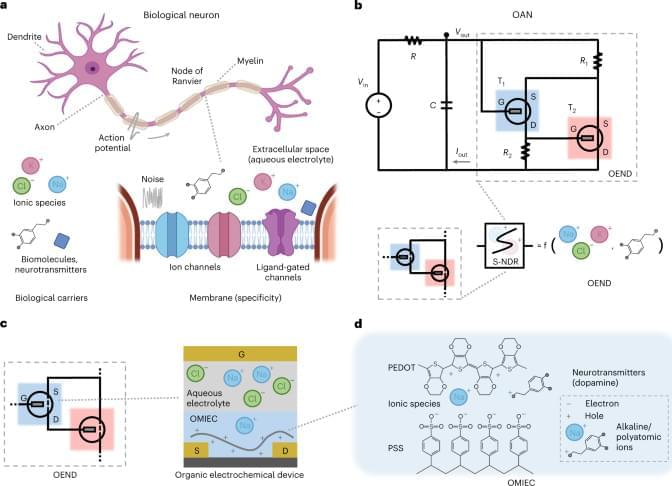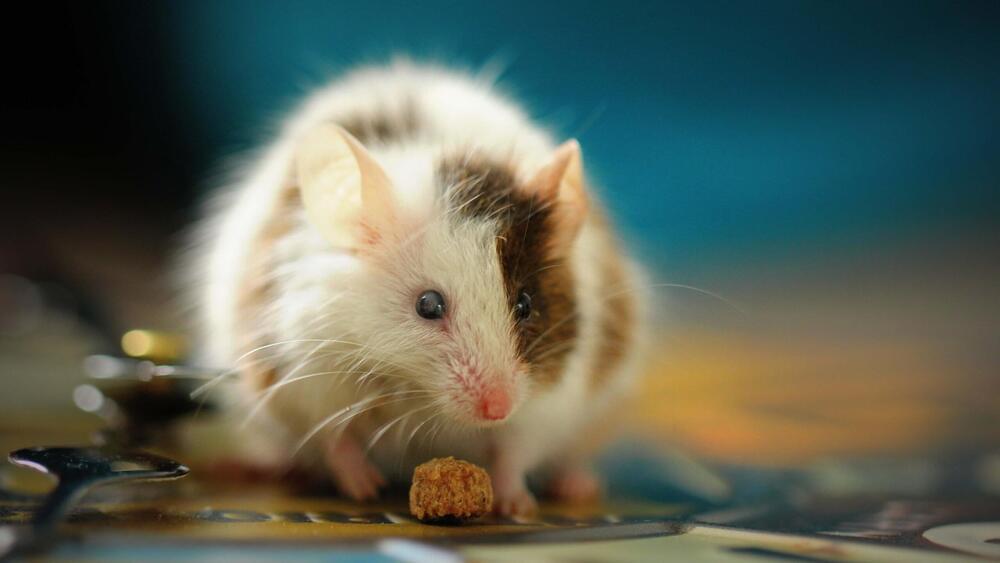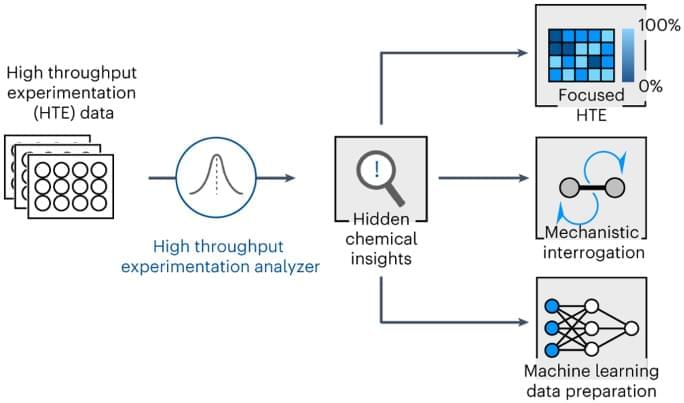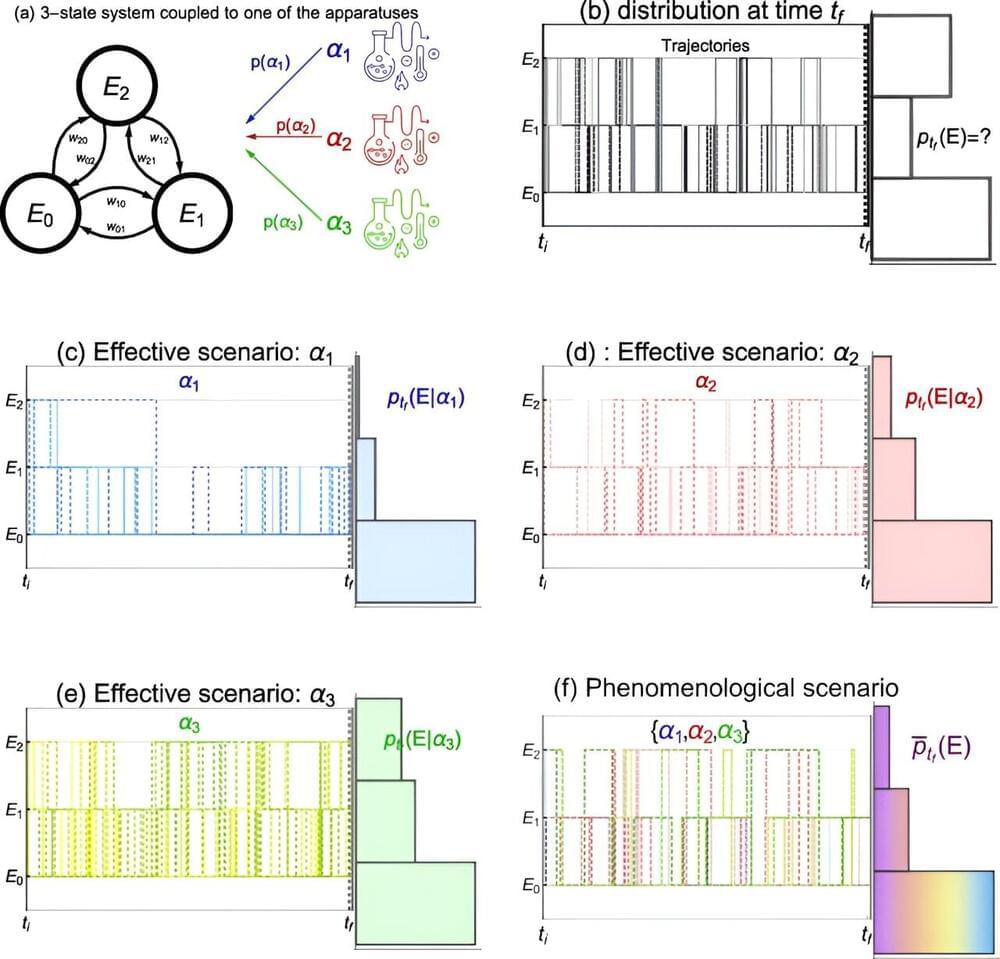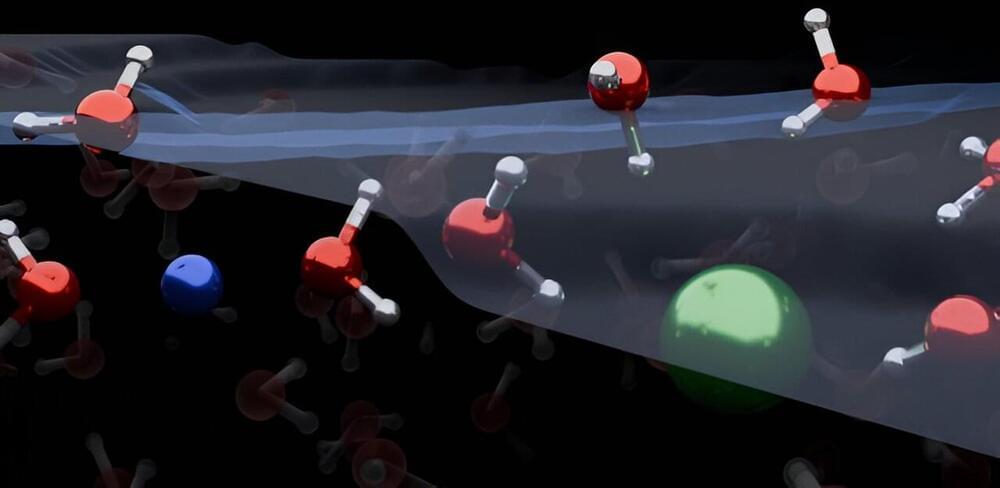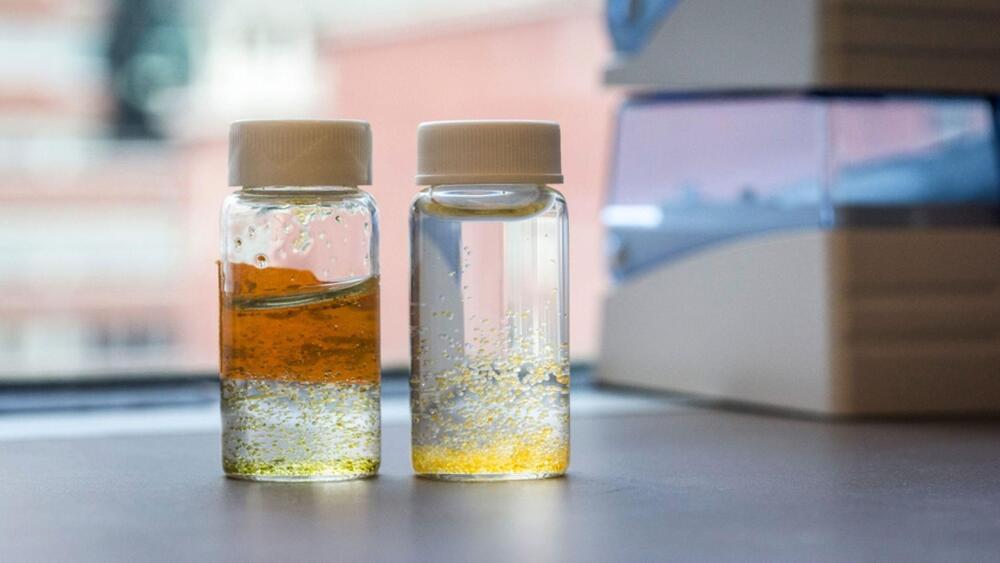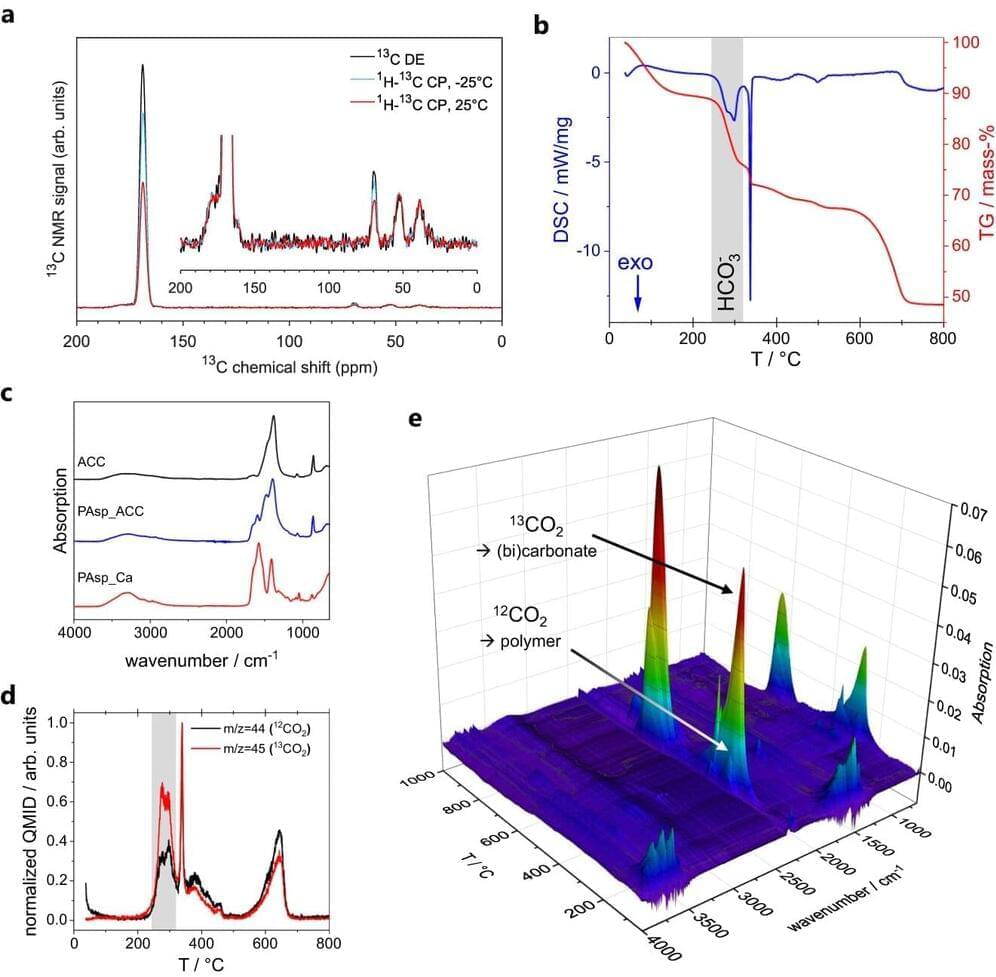The new method from ETH Zurich departs from traditional carbon capture, relying on temperature or pressure, minimizing energy consumption.
The details of the study, led by Maria Lukatskaya, Professor of Electrochemical Energy Systems at ETH Zurich, were published in the journal ACS.
Acid switch
The team at ETH Zurich utilized the principle that CO2 exists in its gaseous form in acidic aqueous solutions. In contrast, in alkaline aqueous solutions, it undergoes a reaction to produce carbonates, referred to as salts of carbonic acid. This chemical transformation is reversible, and the acidity level of a liquid decides whether it contains CO2 or carbonates.

